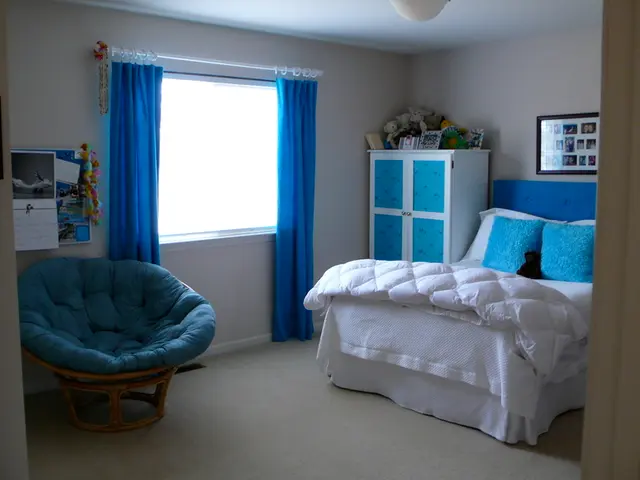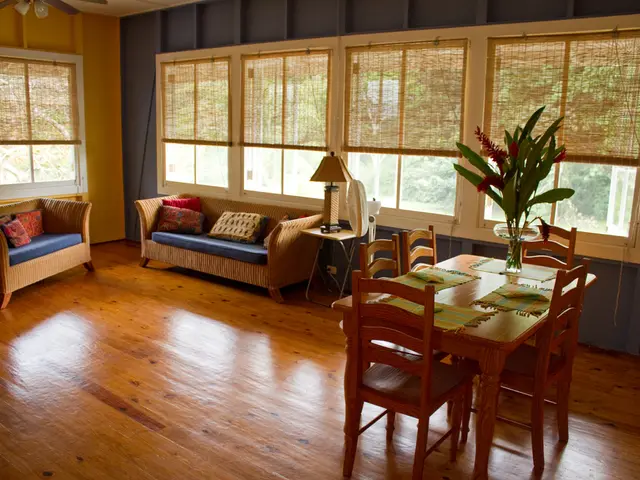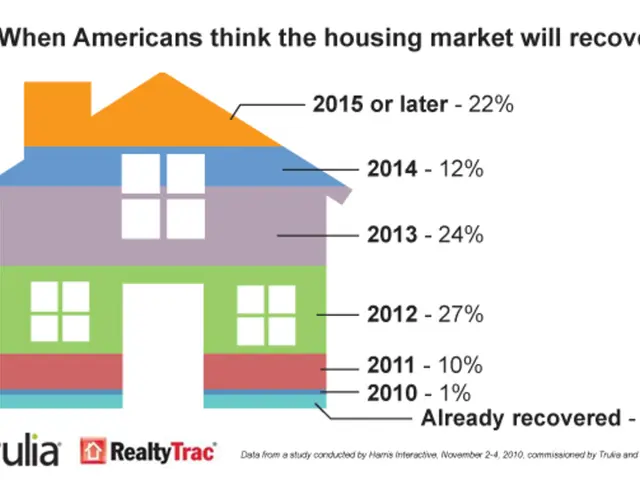Anticipated Interior Design Trends in Commercial Spaces for 2025 to Observe
In the ever-evolving landscape of commercial interior design, 2025 promises to bring a fresh wave of trends that prioritise sustainability, biophilic design, smart technology integration, and wellness-centered spaces. These design strategies aim to create environments that are not only functional but also healthy, inspiring, and eco-friendly.
**Sustainability**
The use of natural, organic, and sustainable materials such as wood, stone, and eco-friendly fabrics is prominent. This not only appeals aesthetically but also supports environmental responsibility. Designers are also focusing on layouts and materials that facilitate easy sanitisation and hygiene, a post-pandemic imperative. Earthy tones like clay, olive, and sand are favoured in colour palettes, evoking natural elements and reinforcing a sustainable vibe.
**Biophilic Design**
Biophilic design, which emphasises the connection between humans and nature, is expected to play a significant role in 2025's trends. This includes the introduction of living green walls, vertical gardens, and indoor plants to enhance air quality and create soothing atmospheres. Maximising natural light through large windows and glass partitions boosts mental well-being and productivity. Green spaces and nature-inspired elements like wood grains and stone are combined with wellness zones to reduce stress and improve mental health.
**Smart Technology Integration**
Offices and commercial spaces are increasingly embedding automated systems such as smart lighting with circadian rhythm settings, voice-activated controls, and predictive AI for safety and personalisation. Technologies like height-adjustable desks with built-in cable management, touchless interactions, and digital wayfinding improve convenience, accessibility, and hygiene. Monitoring systems are designed to enhance safety without compromising privacy, with features like automated climate control and AI-powered resident or employee monitoring.
**Wellness-Centered Spaces**
Dedicated wellness zones within commercial interiors support mental health through meditation, stretching, or relaxation areas. Aromatherapy diffusers, acoustic optimization, and clean air ventilation enhance both physical and psychological comfort. Furniture choices focus on ergonomics and comfort, blending luxury with support (e.g., ergonomic chairs with lumbar support). Lighting and acoustics are carefully designed to reduce stress and boost concentration, contributing to overall well-being.
The table below summarises the key features, benefits, and trends:
| Trend | Key Features | Benefits | |------------------------|------------------------------------------------------|-------------------------------------------| | Sustainability | Natural materials, eco-friendly color palettes, hygienic layouts | Environmental responsibility, healthy spaces | | Biophilic Design | Green walls, natural light, wood/stone textures, indoor/outdoor plants | Improved air quality, reduced stress, engagement with nature | | Smart Technology | Automated lighting, voice control, AI safety monitoring, height-adjustable desks | Enhanced accessibility, convenience, safety | | Wellness-Centered Spaces| Wellness zones, aromatherapy, ergonomic furniture, acoustics | Mental health support, physical comfort, productivity |
These design strategies collectively foster healthy, inspiring, and efficient commercial spaces adapted to evolving employee and customer needs, especially in a post-pandemic and sustainability-conscious world. Italy is expected to see renewed interest in sustainable commercial interior design in 2025, and an architecture and interior design firm in Dubai should be able to incorporate some of these trends in the 2025 Commercial Interior Design Trends to Watch.
- As sustainability becomes increasingly important, retail design in 2025 will heavily incorporate natural, organic, and sustainable materials such as wood, stone, and eco-friendly fabrics, promoting environmental responsibility.
- Designers are also expected to prioritize layouts and materials that facilitate easy sanitization and hygiene, reflecting post-pandemic concerns, and opting for earthy tones like clay, olive, and sand in color palettes to evoke a sustainable vibe.
- In the realm of commercial spaces, architecture and interior design will embrace biophilic design, integrating living green walls, vertical gardens, and indoor plants to enhance air quality and create soothing atmospheres.
- Moreover, smart technology integration, such as automated systems and digital wayfinding, will be prevalent in commercial spaces aimed at enhancing convenience, accessibility, and hygiene, with an emphasis on wellness-centered designs that focus on mental health and productivity.








